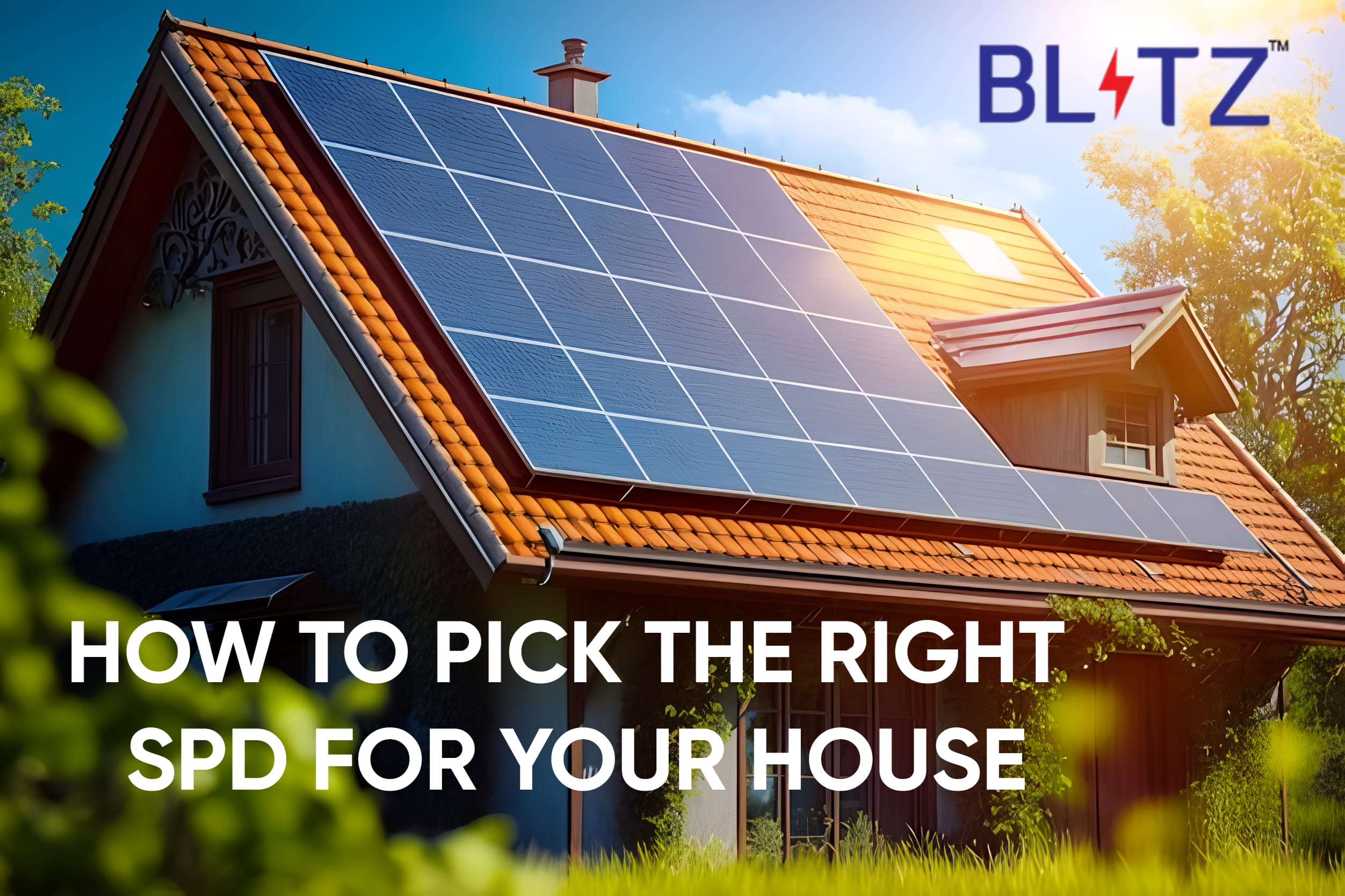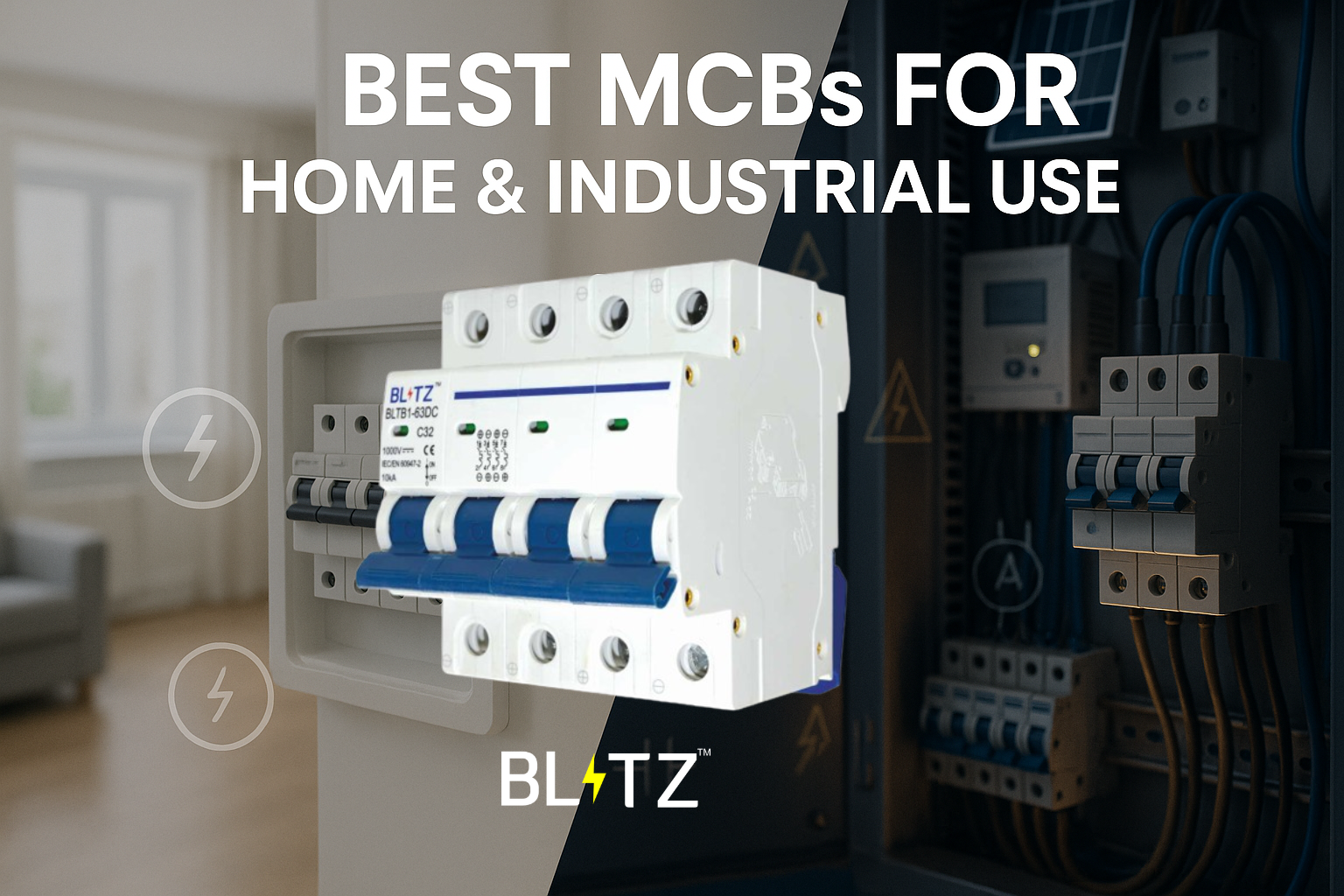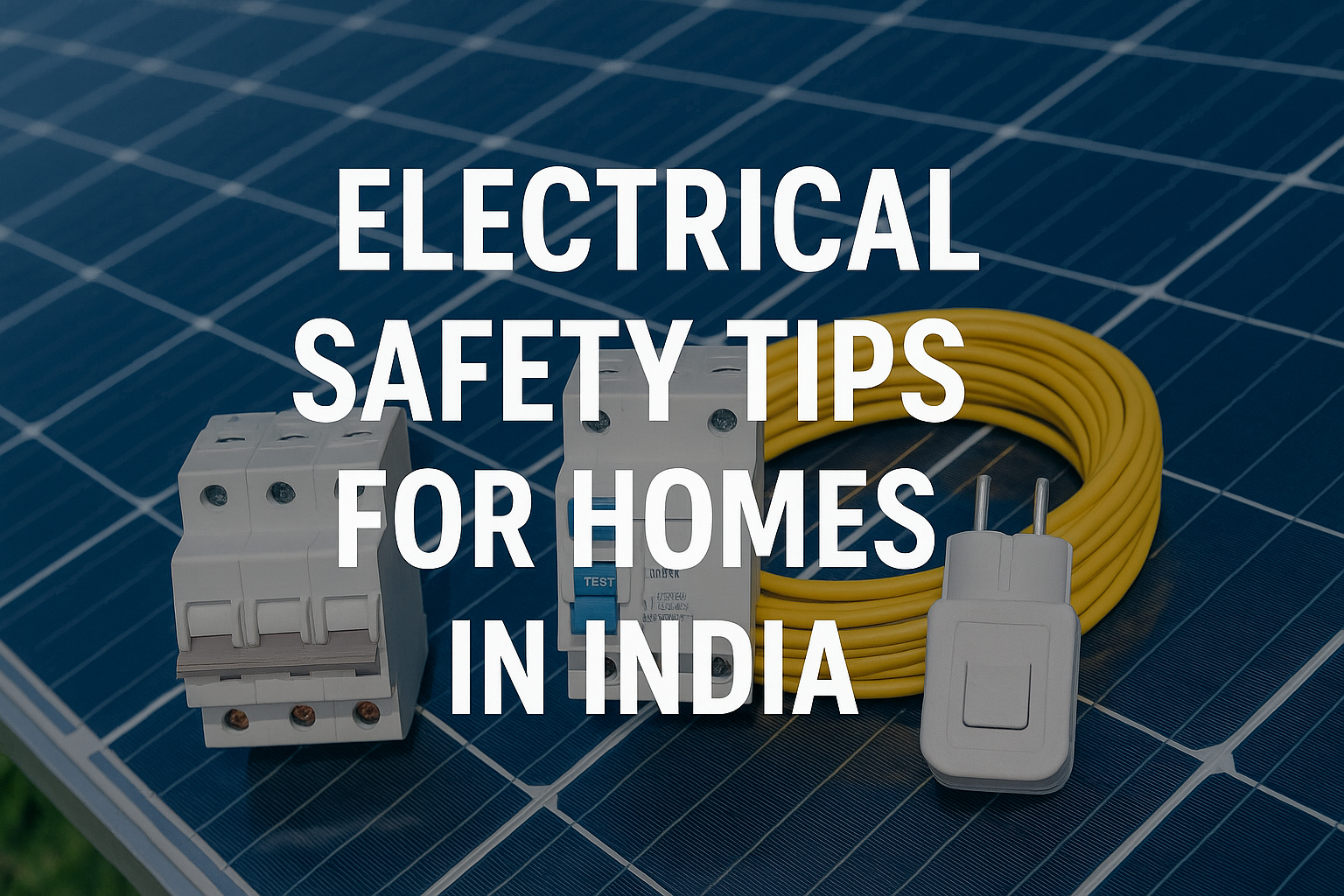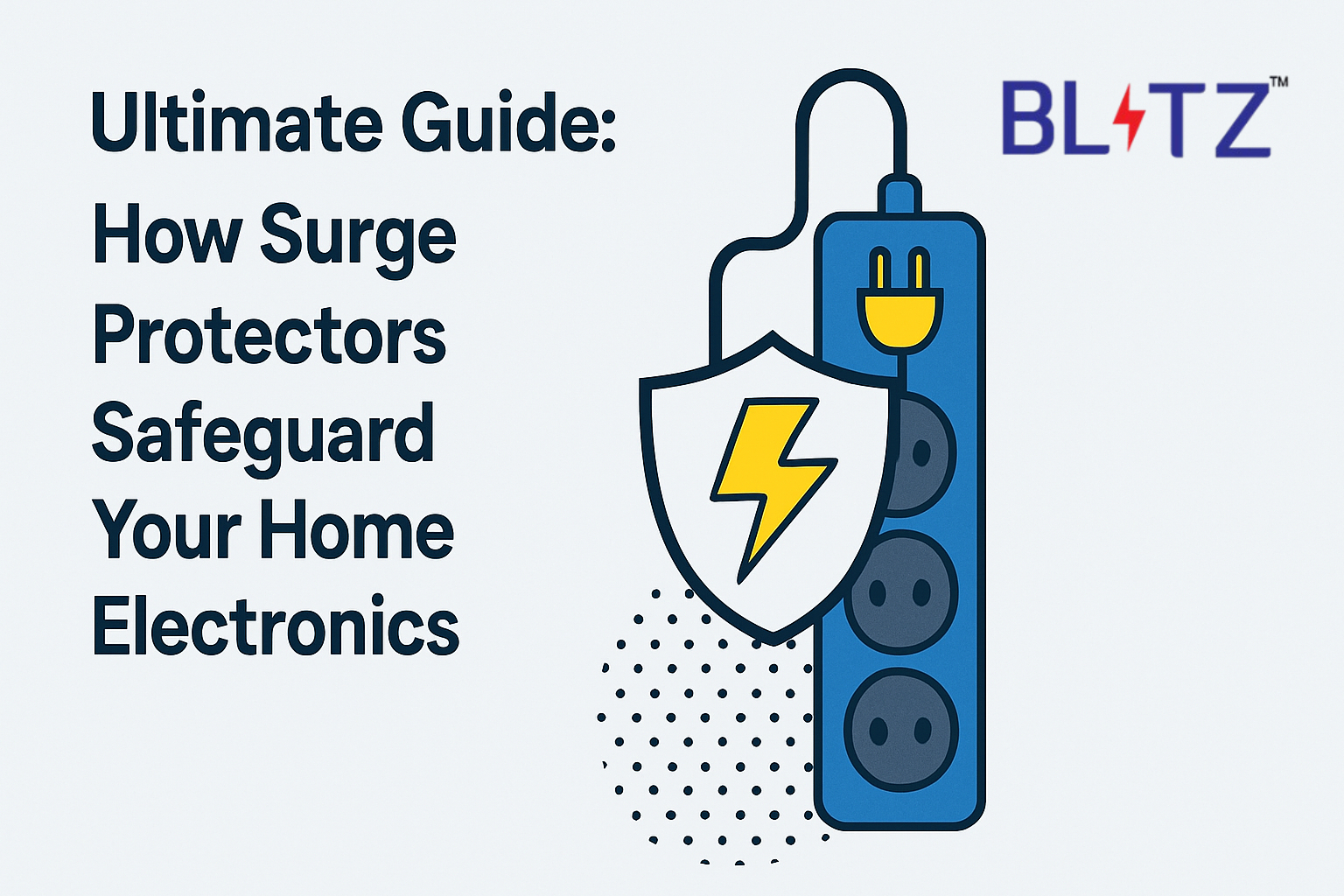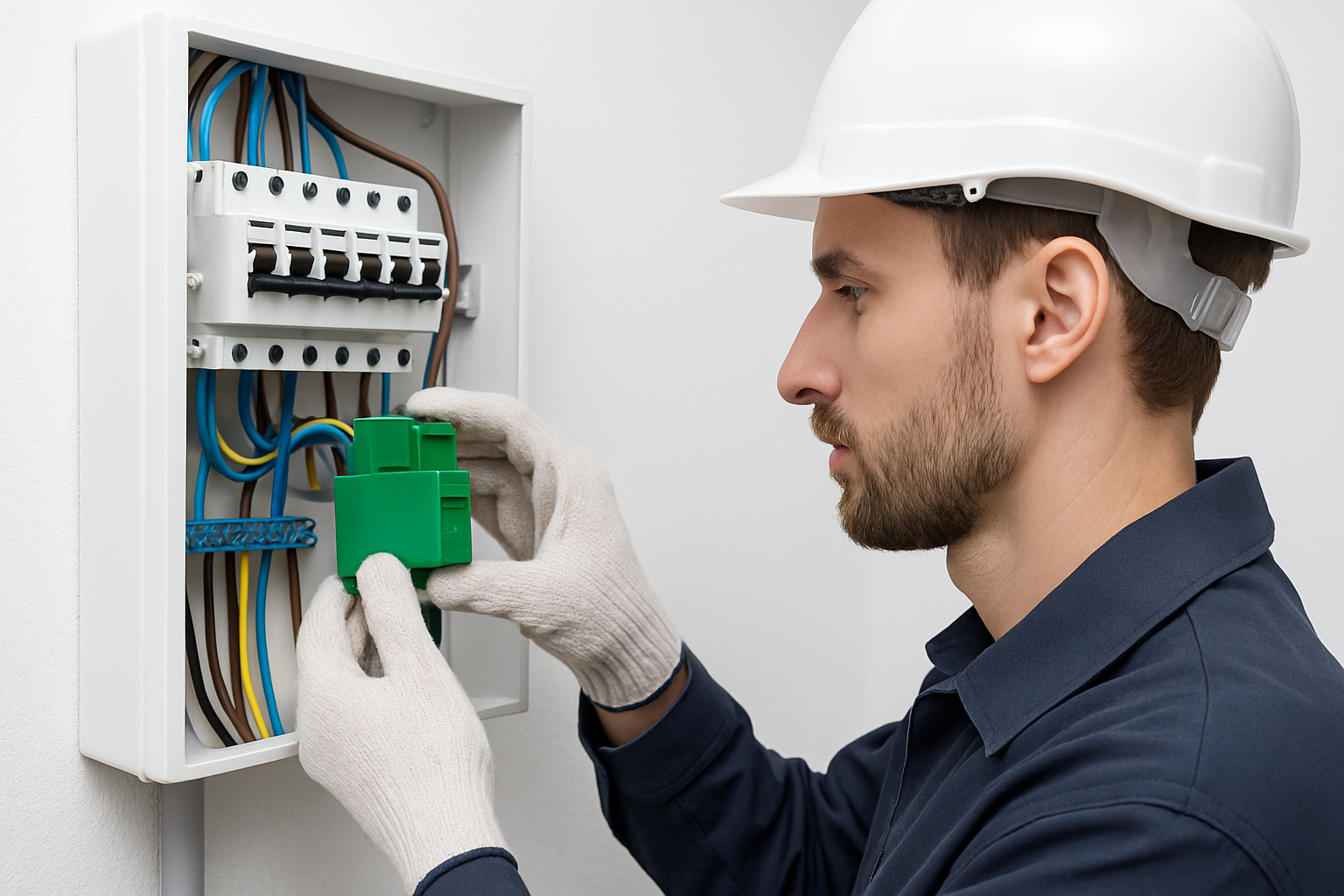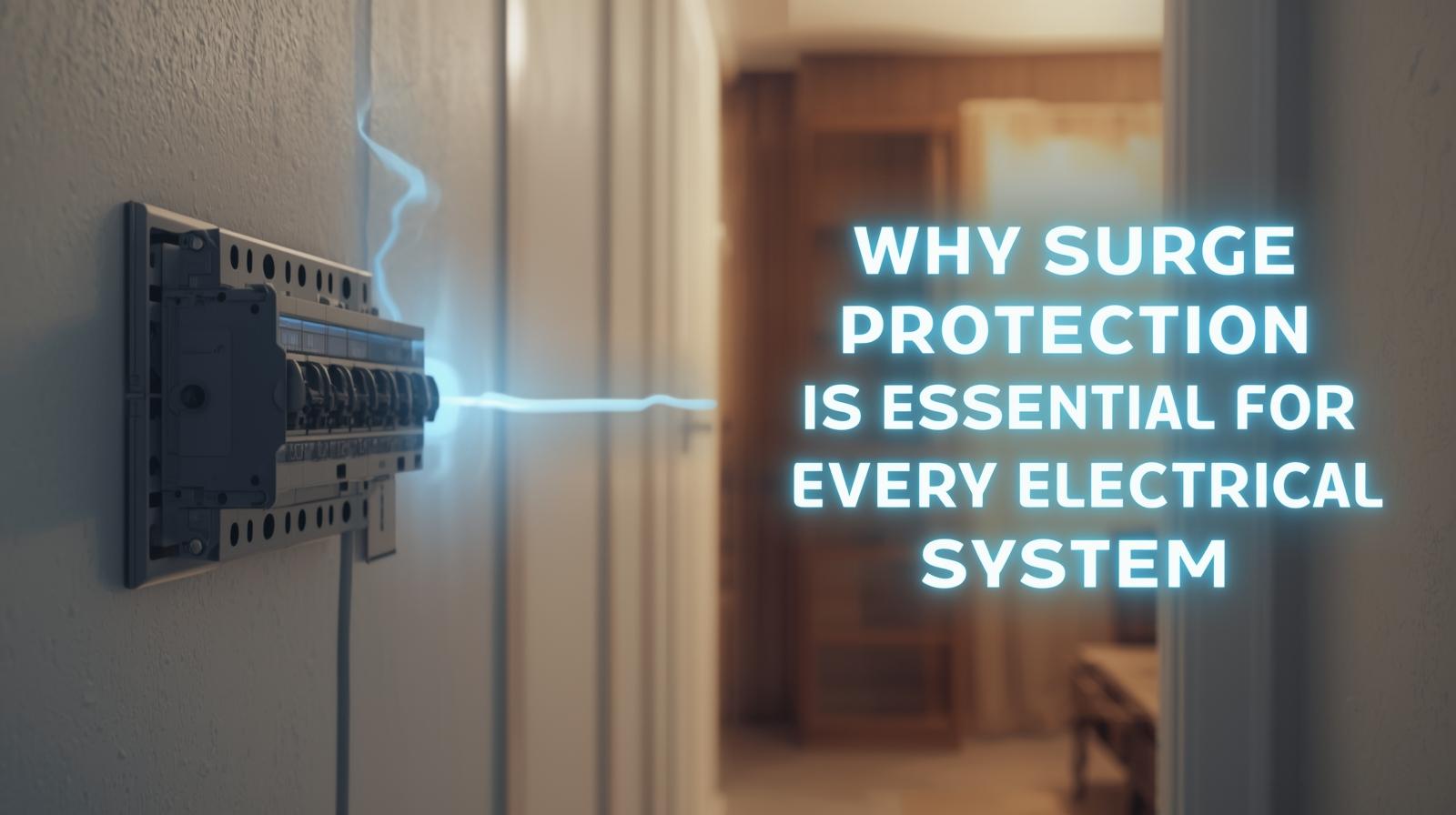
Why Surge Protection Is Essential for Every Electrical System
Protect your home and appliances from power surges. Learn why surge protection is essential for every electrical system and how it ensures long-lasting safety and reliability.
Why Surge Protection Is Essential for Every Electrical System
Electricity has taken the form of an invisible nervous system of our homes, offices, and industries. Electrical power makes our world run because it is used in powering our daily appliances, as well as maintaining our key systems online. Yet among the many things to be considered is the danger of power surges - sudden increases in the voltage which have the potential to destroy or impair useful electrical and electronic equipment within a very short space of time. Surge protecting enters the picture there. It is a guardian that is silent, and it protects your electricity system against the fluctuations of voltage that are unpredictable.
What Is a Power Surge?
Power surge is the high voltage which is temporary but excessive when compared to the flow of electricity. Voltage supply in a normal home or office is normally approximately 230 V (in India and various other countries). But when this limit is abruptly surpassed, as when lightning strikes, or when there is faulty wiring, or when there is grid switching, the current flowing through your electric system is too great.
A single burst equivalent to less than a thousandth of a second, will be cumulatively damaging to delicate circuits and will lower the life span of your equipment.
Common Causes of Power Surges
The knowledge of what can make a surge will make you realize why surge protection is no longer an option. Here are the main culprits:
- Lightning Strikes - a single strike of lightning can generate millions of volts. It could cause a surge along the power lines or communication cables even though it may be near your property.
- Power grid fluctuations - This can be caused by grid switching, transformer failure or sudden surge in demand which causes undesirable voltage spikes along the line.
- Heavy Electrical Equipment – Large machines, motors or HVAC units that switch on and off can result in internal surges in the system of a building.
- Malfunctioning Wiring - aged or damaged wiring puts the likelihood of imbalanced power distribution as well as abrupt changes in voltage high.
- Downed Power Lines or Wieland Utility Restarts - This can happen when power is reinstated when utilities come back online after being out.
Why Surge Protection Is So Important
- Protects Expensive Equipment
Whether it be smart television and computers or automation systems and industrial controllers, the electronics today have never been as delicate as they are. Even a little spike of voltage may burn out a motherboard or make a circuit unusable. Surge protection devices (SPDs) are barriers that allow the surplus of the voltage to pass to the ground and avoid it reaching your equipment. - Ensures Safety
A dramatic outburst can not only raise destruction to devices, but also cause fires. Surged electrical components may melt insulation or start fires with any surrounding material. With the appropriate surge protection, these risks are greatly eliminated, and people as well as property are kept safe. - Extends Equipment Lifespan
Even minor surges, which occur frequently, gradually wear down internal components. Over time, this "electrical stress" weakens the performance and reliability of your electronics. Installing SPDs preserves equipment health and cuts down on premature replacements. - Minimizes Downtime
Even minutes of downtime can result in huge losses in business and industrial settings. Surge protection aids in maintaining running which stops the abrupt shut offs or failures of equipment due to fluctuating power. - Cost-Effective Long-Term Solution
Although the initial expense of installing SPDs might not be necessary, the saving in the long term will be immense. It is like an insurance policy to your electrical infrastructure, and this is because once you have invested in it, you will save the money you would spend on repair bills and damages in the future.
Types of Surge Protection Devices (SPDs)
Surge protection systems are generally classified into three types, depending on where they are installed in the electrical setup.
- Type 1 SPD - This device is installed at the front door of the main service and it offers protection against external surges particularly lightning or disturbances of the power grid. It’s the first line of defense for large buildings or industrial setups.
- Type 2 SPD - These are installed at the distribution board or sub-panel level. They handle residual surges that slip past Type 1 devices or originate from within the building itself.
- Type 3 SPD - They provide localized protection of sensitive equipment (such as computers, TVs, or medical equipment) typically in the form of plug-in devices or socket-level surge protectors.
To be on the safe side, the combination of all three types in a coordinated system of protection is the best option since they will cover all types of external and internal voltage risks.
Symptoms of an Emergency of Surge Protection
- You are residing in an area that has thunderstorms or lightning.
- Power failure or variation of voltage is not an exception in the street you live.
- You are dependent on a large scale on computers, automation or electronic appliances.
- Your facility houses expensive or critical electrical equipment.
- You notice flickering lights, burning smells, or frequent tripping of circuit breakers.
If any of these sound familiar, installing surge protection should be a priority — not an afterthought.
How Surge Protectors Work
Surge protector works as a pressure relief valve. It keeps checking the current passing through your system. At a safe level of voltage, the SPD can automatically make sure that the surplus current is diverted to grounding wires so that it does not reach your equipment.
The most common cores of most SPDs are metal oxide varistors (MOVs) or gas discharge tubes (GDTs). These respond within micro seconds providing instant protection before the surge can damage anything.
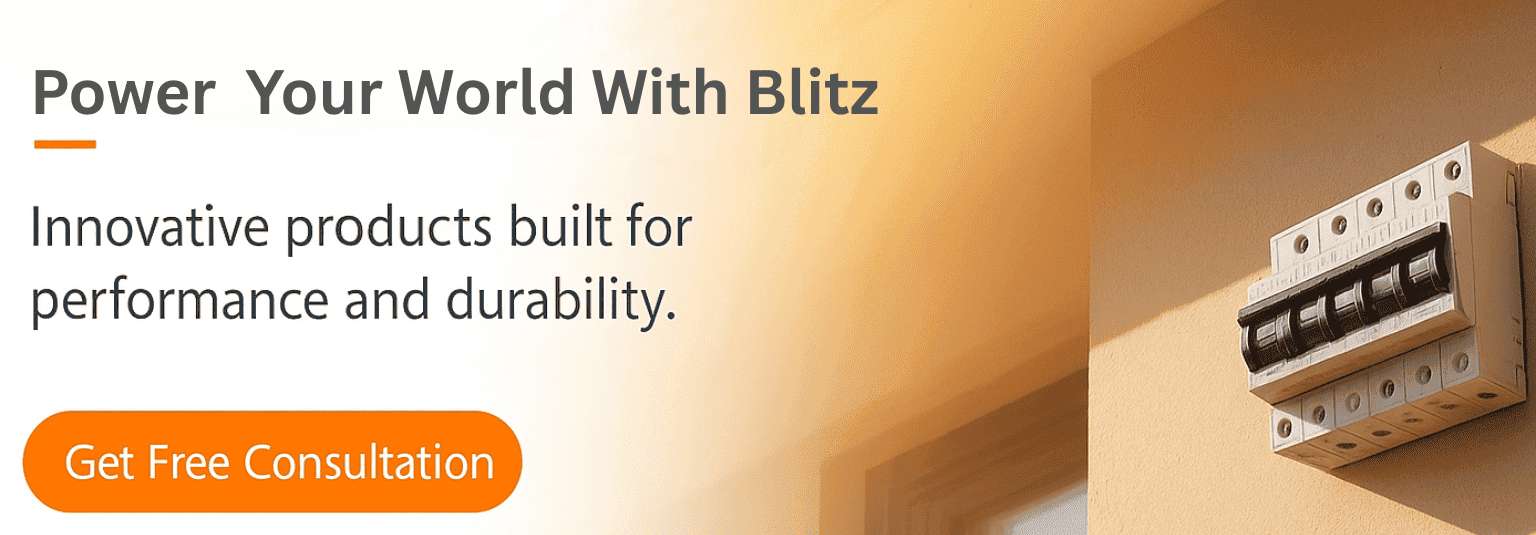
Maintenance and Installing Techniques
- Always use qualified electricians when making an installation.
- Make sure that your earthing system is also designed right, surge protection is as good as your grounding.
- To install SPDs in large buildings, it is necessary to install them in layers (Type 1 → Type 2 → Type 3).
- Check your SPDs periodically - some of them have a visual indicator that indicates when they need to be replenished.
- Use surge protection together with other safety equipment such as MCBs, RCCBs and correct circuit design in achieving complete electrical safety.
FAQs About Surge Protection
Conclusion
Power surges are dangerous, noisy, but deadly threats that exists in all electrical systems. At home, in the office, or in an industrial plant, such voltage spikes may result in damage worth thousands of dollars, or even endanger safety. Surge protection equipment is not a luxury since it is essential to install them.
An intelligently developed surge protection installation is not only a guarantee of tranquility, extended equipment life, and constant availability but is also among the most intelligent electrical investments that you can achieve today.
